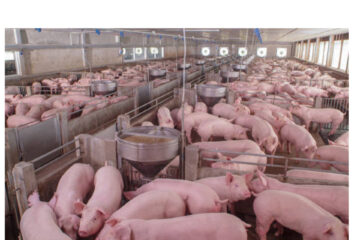In the third quarter of 2023, there was a notable decline in company registrations, indicating a potential slowdown in future economic activity. The year-on-year and quarter-on-quarter registration of new businesses both decreased.
The overall number of new business registrations, a key gauge of business confidence, saw a substantial 17.6 percent year-on-year decrease. The decline was more pronounced in the close corporation category, which fell by 19.1 percent, while private companies (Pty) Ltd experienced a marginal 4.2 percent decrease over the same period. Quarter-on-quarter, the total registrations of new businesses dropped by 15.7 percent in the third quarter.
During the same period, employment in the manufacturing sector increased by 0.9 percent year-on-year, but it decreased by 0.8 percent in the wholesale and retail trade sector. The decline in employment in the wholesale and retail trade sector was particularly evident in clothing and vehicles subsectors. On a quarterly basis, employment in the manufacturing sector increased by 1.7 percent, while the wholesale and retail sector saw a 0.3 percent decrease.
In the third quarter, the nominal wage bill and average wages in the wholesale and retail trade sector increased by 5.9 percent and 4.7 percent, respectively, on a yearly basis. The central bank attributed this to a steady demand for consumer goods. However, quarter-on-quarter, the nominal wage bill increased by 3.2 percent, while average wages decreased by 1.5 percent.
In the manufacturing sector, the nominal wage bill and average wages recorded yearly increases of 2.2 percent and 1.3 percent, respectively. On a quarterly basis, the nominal wage bill increased by 0.8 percent, while average wages decreased by 0.9 percent.
he year-on-year rise in the manufacturing sector’s unit labor costs was primarily driven by a decline in output per worker and increased average wages in most subsectors. The central bank expressed concern that this increase in total unit labor costs could negatively impact the competitiveness of Namibian products in the export market.



